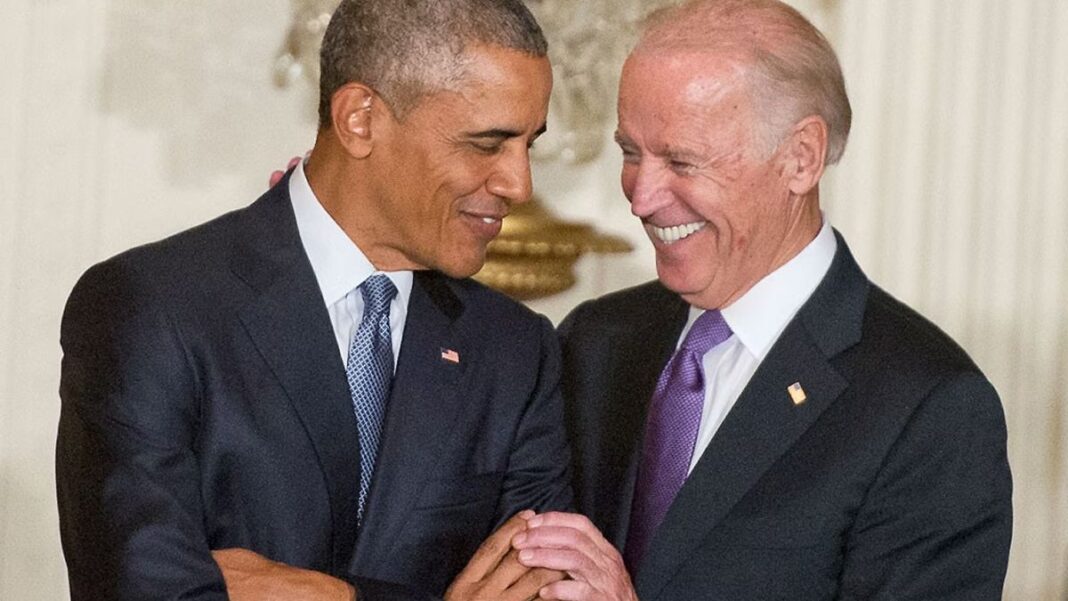The cryptocurrency guru now faces decades in prison after being found guilty of fraud, money laundering, and more.
Cryptocurrency guru Sam Bankman-Fried has been found guilty of fraud, money laundering, and more.
A 12-member New York jury convicted the 31-year-old FTX founder on all seven counts of fraud and conspiracy in relation to his role in a scheme that cheated customers and investors of at least $10 billion.
He now faces decades in prison. U.S. District Judge Lewis Kaplan set Mr. Bankman-Fried’s sentencing for March 28, 2024.
His defense attorneys, who raised objections to multiple decisions made by Judge Kaplan both prior to and during the trial, are expected to appeal the verdict.
Mr. Bankman-Fried had pleaded not guilty to all seven counts. He had attempted this week to convince jurors that while he had made mistakes and may have been in over his head attempting to run FTX, one of the world’s largest cryptocurrency exchanges, he did not knowingly defraud investors.
But under cross-examination from prosecutors, he often spoke evasively and struggled to remember many events.
Prosecutors alleged that Mr. Bankman-Fried and other FTX executives knowingly misused customers’ money to fund losses at Alameda Research, a hedge fund that he owned, to splurge on a lavish lifestyle of beachfront homes, and to buy influence among regulators through political donations.
The trial featured the testimony of Mr. Bankman-Fried’s former partners and employees, all of whom had already pleaded guilty to fraud charges and were testifying for the prosecution.
These witnesses, including former Alameda CEO Caroline Ellison, former FTX chief technology officer Gary Wang, and former FTX director of engineering Nishad Singh testified that Mr. Bankman-Fried either directed or was aware of the misuse of funds.
Mr. Bankman-Fried sought to place the blame on his former colleagues, arguing that they were the ones who acted fraudulently and without his awareness.
He portrayed himself as a big-picture executive, who often became aware of bad practices by subordinates only after the fact.
He recalled, for example, telling Ms. Ellison that she had put investors at risk by failing to hedge, or protect, her positions at Alameda.






